Rolleston is to get some road and rail safety improvements as part of the NZ Upgrade Project. The key feature of this NZTA Waka Kotahi project is a flyover between the Rolleston residential and commercial sectors, which will provide a safe grade-separated crossing over State Highway 1 and the Main South Line railway. It is rather clear that poor urban planning is responsible for the development of the township creating these traffic/safety problems. Rolleston was once a one horse railway town and only developed very slowly until after the Christchurch quakes. The Carter Group, headed by Tim and Philip Carter, has been responsible for much of the development of Rolleston and is still moving along with various additional private plan changes and subdivisions, both residential and commercial. See below for a series of aerial maps of Rolleston to show how it has developed over the past 80 years.
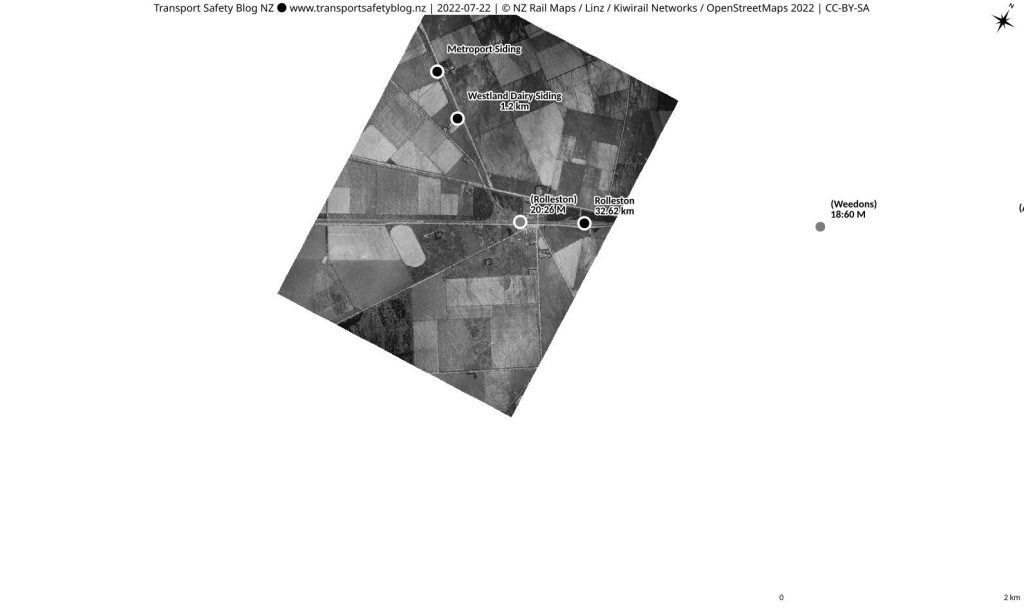
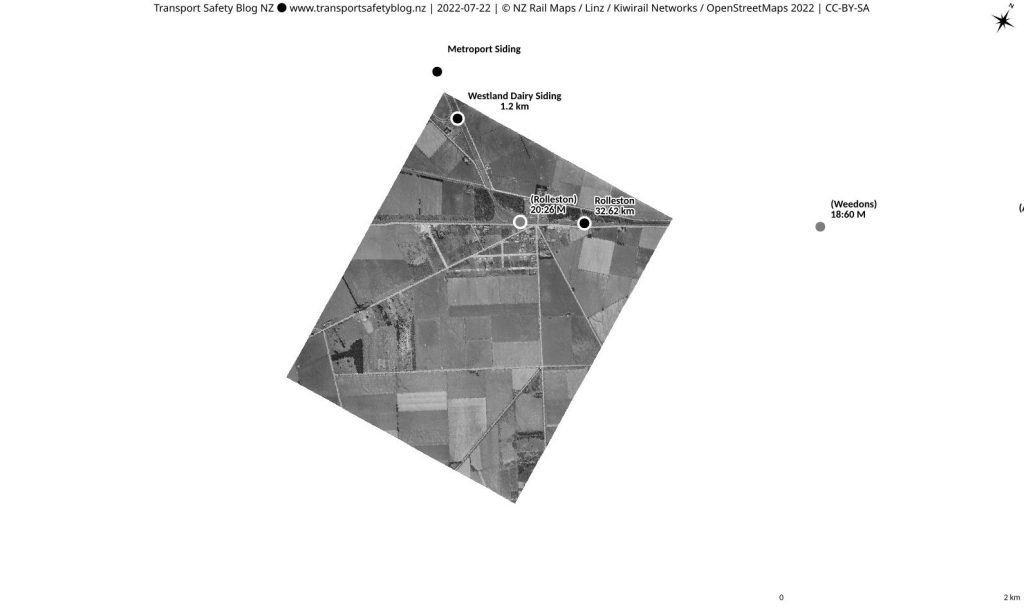
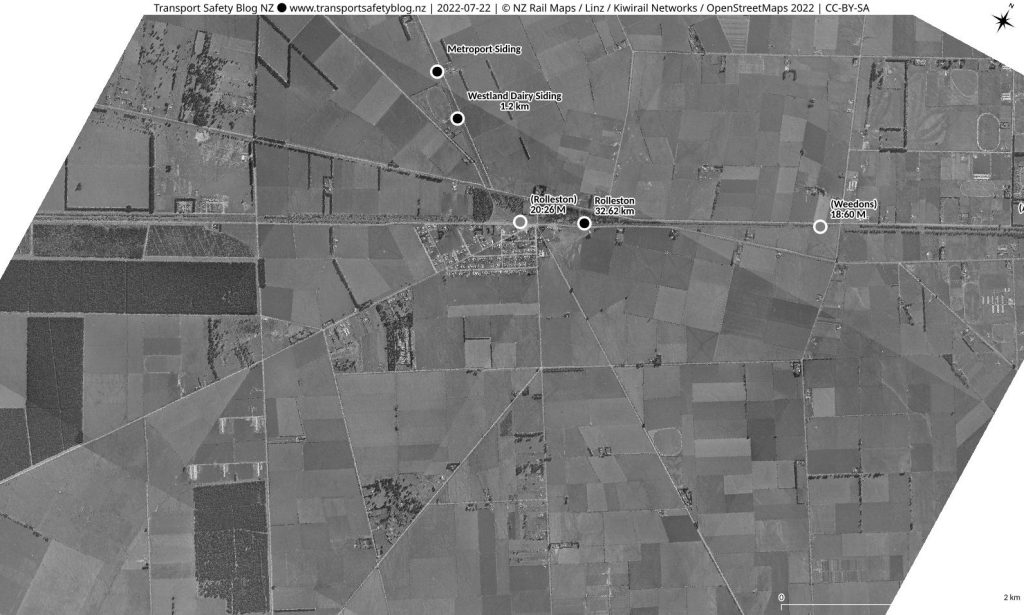
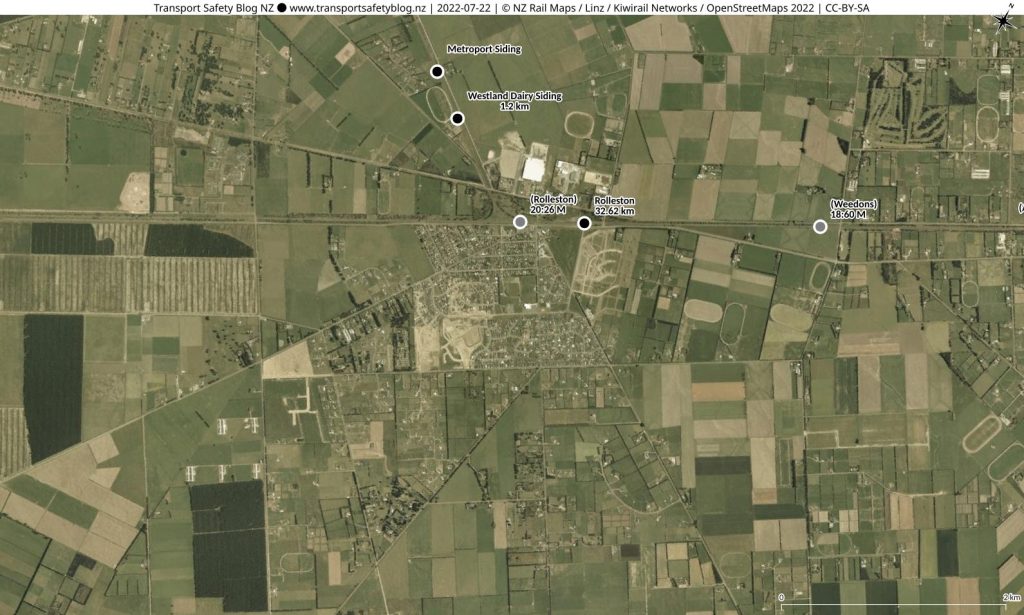
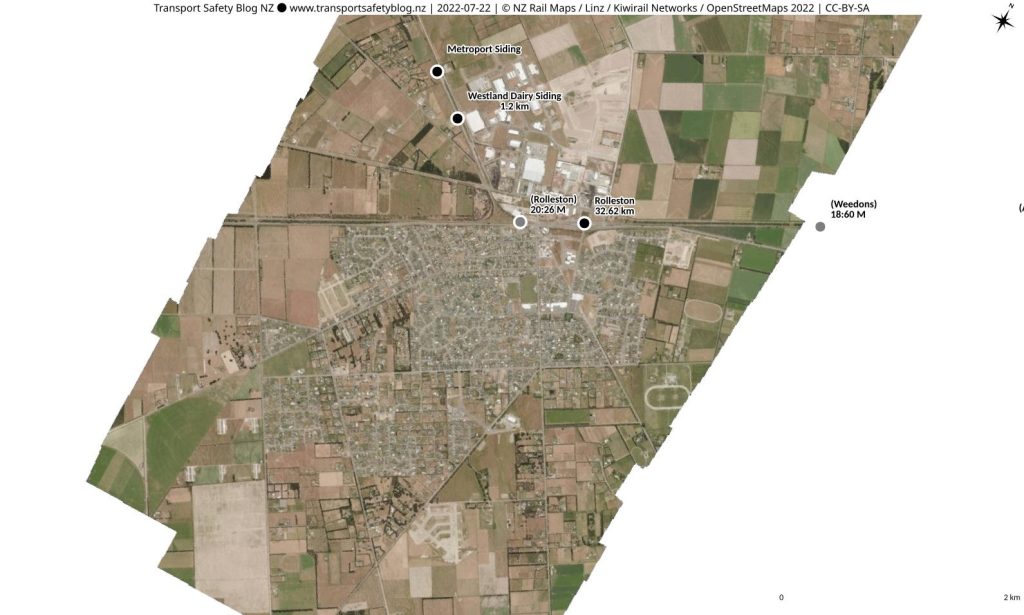
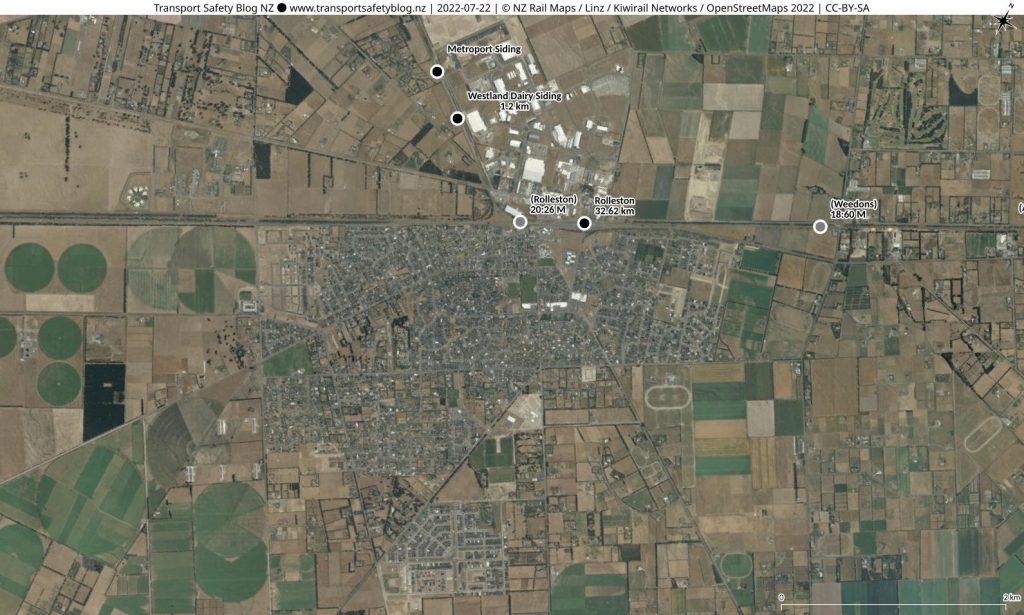
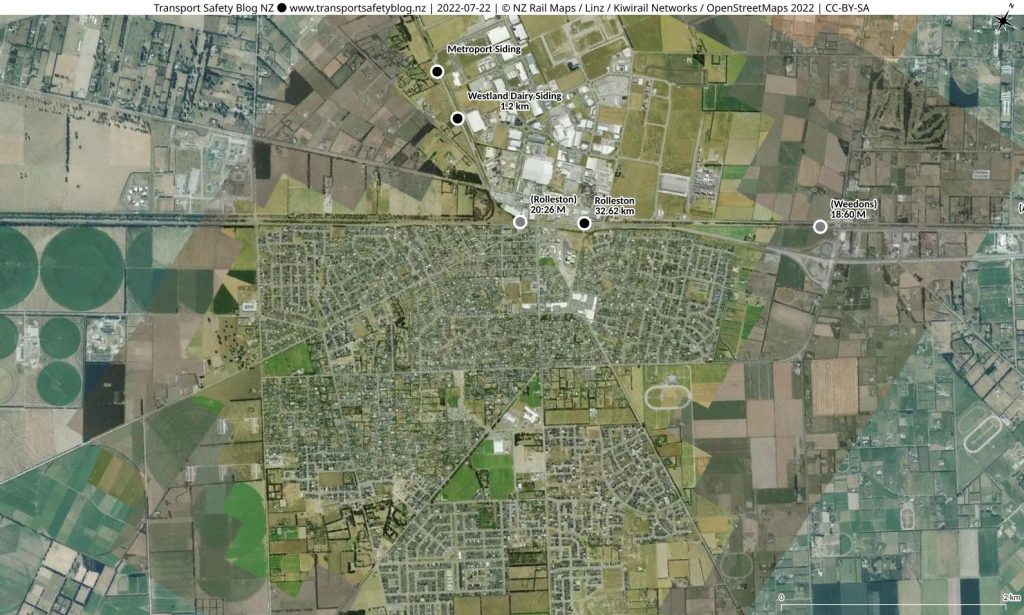
On the one hand, we can at least see that SDC made an effort to prevent residential development both sides of the highway/railway, a typical failing of local authorities around NZ trying to economise on infrastructure by using the highway as a spine road. On the other hand, the development at Rolleston straddling the highway/rail corridors, even though it’s residential one side and commercial the other, displays the typical lackadaisical attitude by council engineers and politicians to railway lines, which are often not properly accounted for in urban planning circles. Hence the George Holmes Road crossing was left in a dangerous configuration for decades until the mid 1990s. The recent completion of the Christchurch Southern Motorway which bypassed a section of Main South Road and finishes just north of Rolleston, has likely exacerbated existing issues with State Highway 1 spine road usage and precipitated the safety improvements project that we now have.
Since writing on this proposal in April, it came back out for consultation on a new design in June, with a month for submissions, closing 22 July. TSBNZ has produced a submission addressing four points of the new design:
- Close the Hoskyns Road level crossing as originally proposed. Under the new proposal, drivers wanting to head north on SH1 from Rolleston would use Hoskyns Road as an on-ramp to the motorway after crossing the flyover. The safety risks associated with the high traffic volume would remain, as well as operational constraints on Kiwirail’s proposed extension of the existing Rolleston station yard with new sidings/loop to faciliate shunting in the various private sidings in the area.
- Create a standard parallel on ramp between the flyover and SH1 using the existing gap between the MSL and SH1. It may be necessary to remove the existing station platform and building, which have been disused for many years, not now being required for operational purposes.
- Improve the safety of the Jones Road / Two Chain Road level crossing. The three adjacent intersections are poorly designed for safety due to their close proximity to the railway line.
- Improve the safety of the Weedons Ross Road level crossing. The close proximity of the Manion Road intersection (Manion Road was built in 2017 as a rear access road for certain properties fronting onto SH1) is dangerous as there is a risk of collision with a train when doing a right turn from Manion Road onto Weedons Ross Road – just as there was in 1993 when a concrete mixer truck crashed into the Southerner passenger train at Rolleston (4 deaths). It is crazy that this was not considered when Manion Road was first built only five years ago.
It will be interesting to see where this development goes from here, whether common sense will prevail with the above points being addressed as well as other issues. The local MP Nicola Grigg has been pushing out considerable criticism on her Facebook page, but it seems without personal knowledge and more as a response to presumed somewhat misinformed lobbying by locals. But it’s necessary to put some commonsense traffic restrictions on SH1 to keep as much local traffic as possible off the highway within the township boundaries, and the railway line has to get the respect it deserves, especially as Kiwirail needs to re-expand the Rolleston station yard to accommodate more local freight after decades of slow decline, without impairing the important junction of the Main South and Midland lines.
